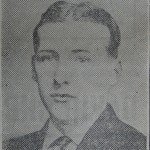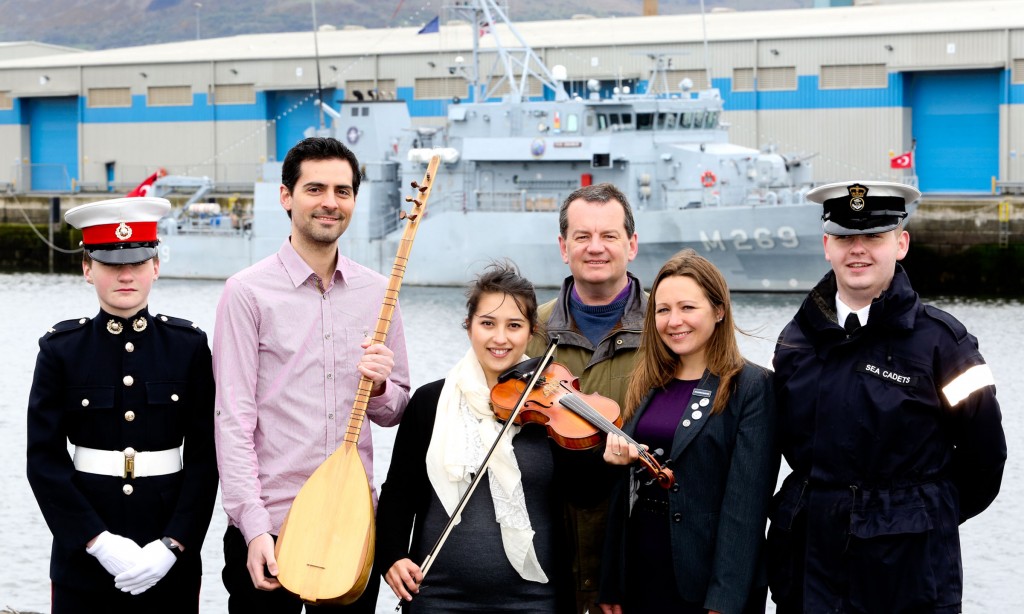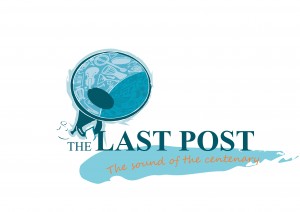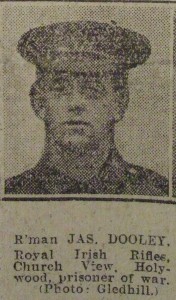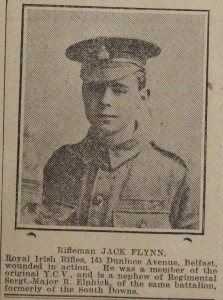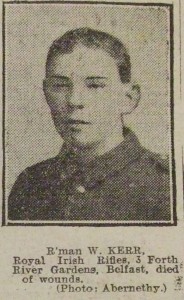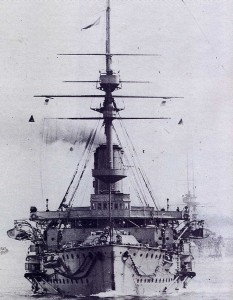 The Gallipoli campaign resulted in the deaths of over 100,000 Allied and Turkish servicemen in just eight months. Serving both at sea and on land, the Royal Navy and Royal Naval Division lost many men in what was to become an unmitigated military disaster of poor planning that resulted in the loss of more than 44,000 Allied lives. In contrast, the defence of Gallipoli was the Ottoman Empire’s most successful military operation of the war.
The Gallipoli campaign resulted in the deaths of over 100,000 Allied and Turkish servicemen in just eight months. Serving both at sea and on land, the Royal Navy and Royal Naval Division lost many men in what was to become an unmitigated military disaster of poor planning that resulted in the loss of more than 44,000 Allied lives. In contrast, the defence of Gallipoli was the Ottoman Empire’s most successful military operation of the war.
One example of the local losses during the Gallipoli campaign is the loss of HMS Goliath on 13 May 1915. In total 73 men from Ireland were lost on this ship. In 1911, Coonagh, a small village in Limerick was recorded as having only 48 households of 202 people. Of these 98 were male and only 48 men were between the ages of 18 and 49 in the village. Of these men, 8 died on HMS Goliath. Seven of these men were fishermen like their fathers, the other an agricultural labourer. The impact of this loss is still felt today as Mick Cronin from Coonagh is currently fundraising for a memorial to these lost men.
The ages of the men lost on the ship ranged from 17 to 55 years old, the average age being over 30. Despite the myth that World War One was a ‘young man’s war’, there were many very experienced seamen who died at sea. This includes Armourer Michael Meyler from Wexford who was 55 years old when he died, and noted as a pensioner, and Petty Officer James John Beauchamp who was 48 when he died. Following in his coastguard father’s footsteps, James was a coastguard in Castleblaney. The youngest Irishman to die on Goliath was Boy (1st Class) Philip Duffy, a Monaghan lad. His service record notes his full enlistment on 23 August 1915, however he never made it to that date and his death date precedes his enlistment date.
The 73 Irish casualties who died during the sinking of HMS Goliath were from the following areas: 16 from Cork, 9 from Waterford, 9 from Belfast, 8 each from Dublin and Limerick, 6 from Wexford, 3 from Derry, 2 each from Monaghan, Down and Carlow, 1 from Antrim, Donegal, Wicklow, Kerry, Tipperary, Meath, Sligo and Louth.
Another Irishman, Signaller Frederick Parnell Waterson was severely wounded in action on HMS Goliath on 3 May 1915 during operations in the Dardanelles, died on 1 June 1915 of pneumonia. Previously a plumber, Frederick is buried at the Royal Naval Cemetery in Capuccini, Malta.
HMS Goliath was a pre-dreadnought battleship built by the Royal Navy in the late 19th century. Having been mothballed prior to the outbreak of the First World War, she was returned to full commission. Goliath was part of the Allied fleet supporting the landing at X and Y Beaches during the landing at Cape Helles on 25 April, sustaining some damage from the gunfire of Ottoman Turkish forts and shore batteries, and supported allied troops ashore.
On the night of 12th May, Goliath was anchored in off Cape Helles, along with HMS Cornwallis and a screen of five destroyers. Around 1am the Turkish torpedo boat destroyer Muâvenet-i Millîye eluded the destroyers and closed on the battleships firing two torpedoes which struck Goliath almost simultaneously causing a massive explosion. Goliath began to capsize almost immediately, and was lying on her beam ends when a third torpedo struck. She then rolled over and sank taking 570 of her 700 crew to the bottom, including her commanding officer. Although sighted and fired on after the first torpedo hit, Muâvenet-i Millîye escaped unscathed.
Goliath was the fourth Allied pre-dreadnought battleship to be sunk in the Dardanelles. For sinking Goliath, Turkish Captain of Muâvenet-i Millîye, Ahmet Saffet Bey was promoted to rank of Commander (Major) and awarded the Gold Medal. The German consultant, Kapitänleutnant Rudolph Firle was awarded the Gold Medal by the Ottoman sultan and the Iron Cross (1st class) by the German General Staff.
 To read how History Hub Ulster remembered those Irishmen lost on HMS Goliath please click here.
To read how History Hub Ulster remembered those Irishmen lost on HMS Goliath please click here.
Irishmen lost on HMS Goliath were:
Seaman Richard Allen RNR, from Coonagh, Limerick
Seaman Maurice Cronin RNR from Coonagh, Limerick
Seaman Patrick Cronin RNR from Coonagh, Limerick
Seaman Patrick Darby RNR from Coonagh, Limerick
Seaman John Davis RNR from Coonagh, Limerick
Seaman Thomas Davis RNR from Coonagh, Limerick
Seaman Thomas Grimes RNR from Coonagh, Limerick
Seaman Michael Hickey RNR from Coonagh, Limerick
Leading Seaman Michael Coleman RN from Aghada, Cork
Stoker Thomas Webb RNR from Bantry, Cork
Seaman Patrick Sweeney RNR from Castletown, Cork
Petty Officer James Crowley RN from CastleLyons, Cork
Seaman Robert Arnopp RNR from Kinsale, Cork
Seaman Daniel Collins RNR from Kinsale, Cork
Seaman John Mahony RNR from Kinsale, Cork
Seaman John Mahony RNR from Kinsale, Cork
Seaman Patrick Regan RNR from Kinsale, Cork
Able Seaman William Geoghean RN from Queenstown, Cork
Petty Officer John Keane RN from Templerobin, Cork
Gunner Charles McCarthy RN from Aghada, Cork
Stoker (1st) Jeremiah Kearney RN from Nackbrown, Cork
Shipwright (2nd) Richard Ahern RN from Youghal, Cork
ERA John Joseph O’Flaherty RN from Cork
Chief Stoker Denis O’Neill RN from Cork
Seaman William Dempsey RNR from Blackwater, Wexford
Stoker (1st) Patrick Murphy RN from Fethard, Wexford
Seaman Patrick Kavanagh RNR from Kildermot, Wexford
Seaman Michael Joseph Allen RNR from New Ross, Wexford
Seaman William Barron RNR from Ballyhack, Wexford
Armourer Michael Meyler RN from Wexford
Stoker John Garvey RNR from Bray, Wicklow
Stoker Myles Doran RNR from Carnew, Wicklow
Cooper Michael Cunningham RN from Clashmor, Waterford
Seaman James Flynn RNR from Corbally, Waterford
Seaman Michael Flynn RNR from Corbally, Waterford
Able Seaman James Mason RN from Passage East, Waterford
Seaman James Walsh RNR from Passage East, Waterford
Stoker (1st) Michael Power RN from Tallow, Waterford
Petty Officer Michael Gyles RN from Tramore, Waterford
Seaman Thomas Keohan RNR from Tramore, Waterford
Seaman William Power RNR from Tramore, Waterford
Able Seaman Richard McClatchie RN from Clonmel, Tipperary
Stoker (1st) Peter Carroll RN from Clontarf, Dublin
Chief ERA Robert Byrne RN from Dublin
Stoker John Larkin RNR from Ringsend, Dublin
Stoker Thomas Lee RNR from Dublin
Able Seaman Frederick William McDowell RN from Dublin
Seaman William McGee RNR from Rush, Dublin
Stoker (1st) John Steel RN from Dublin
Able Seaman George Edwin Upton RN from Dublin
Stoker Francis McKeown RNR from Dundalk, Louth
Able Seaman John Kearney RN from Slane, Meath
Chief Yeoman of Signals Robert Kilcullen RN from Waste Gardens, Sligo
Able Seaman George Wood RN from Valentia, Kerry
Stoker Samuel Gibson RNR from Carlow
Stoker (1st) Class Hector Hiles RN from Belfast
Stoker Robert Jones RNR from Belfast
Stoker John Jones RNR from Belfast
Stoker John McAnally RNR from Belfast
Stoker Robert John McDowell RNR from Belfast
Stoker Thomas Warnock RNR from Belfast
Seaman Gordon Douglas Simpson RNR from Belfast
Stoker (1st) Class Hugh O’Donnell RN from Belfast
Stoker Charles Holland RNR from Belfast
Private Alexander Harkness RMLI from Ballygarvey, Antrim
Able Seaman James Kelso RN from Kilkeel, Down
Stoker (1st) Class William Ernest Beringer RN from Portaferry, Down
Private Robert Hutchinson RMLI from Derry
Leading Seaman John Doherty RN from Derry
Seaman John Joseph Dennis RNR from Waterside, Derry
Able Seaman Philip Wright RN from Ballyarnett, Donegal
Petty Officer (1st) James John Beauchamp RN from Castleblayney, Monaghan
Boy (1st) Class Philip Duffy RN from Clones, Monaghan
Research by Karen O’Rawe, Chair History Hub Ulster.
Photo by Aurora


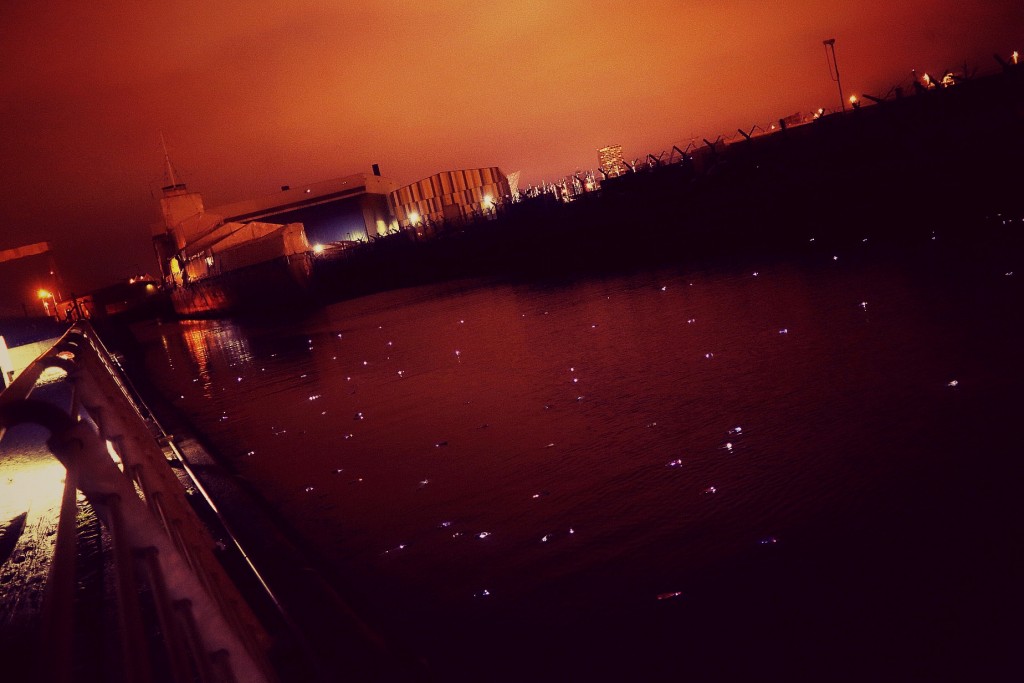 Adults and children across North Belfast took part in workshops to tell the stories of First World War servicemen from their areas. The adults have researched a serviceman and written a letter to a local child about his life. Each child received a letter and designed their glass bottle to represent his story.
Adults and children across North Belfast took part in workshops to tell the stories of First World War servicemen from their areas. The adults have researched a serviceman and written a letter to a local child about his life. Each child received a letter and designed their glass bottle to represent his story.
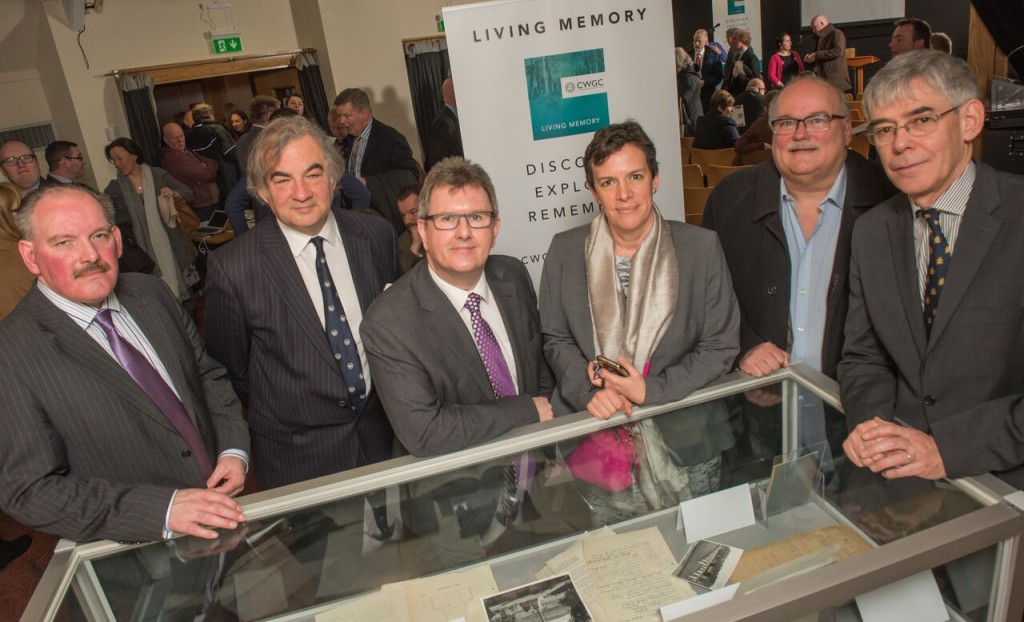
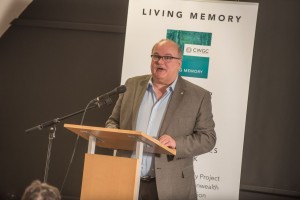 “When people hear about the First World War, they think of the large, set-piece battles on the Western Front, and the cemeteries and memorials there that the CWGC maintains. But there are war graves and memorials literally on your doorstep – many lie in forgotten corners of graveyards. The CWGCs Living Memory initiative aids their rediscovery and remembrance.
“When people hear about the First World War, they think of the large, set-piece battles on the Western Front, and the cemeteries and memorials there that the CWGC maintains. But there are war graves and memorials literally on your doorstep – many lie in forgotten corners of graveyards. The CWGCs Living Memory initiative aids their rediscovery and remembrance. providing is a real opportunity to fill in some parts of a jigsaw, a family jigsaw you’ve never been able to solve. It’s nice to think about stories from your father, grand-father or great-grandfather, and be able to pass them on. Always one of my biggest regrets is that I never talked to my father more in detail about his father. I never did, and I hope other people don’t make the same mistake.”
providing is a real opportunity to fill in some parts of a jigsaw, a family jigsaw you’ve never been able to solve. It’s nice to think about stories from your father, grand-father or great-grandfather, and be able to pass them on. Always one of my biggest regrets is that I never talked to my father more in detail about his father. I never did, and I hope other people don’t make the same mistake.”
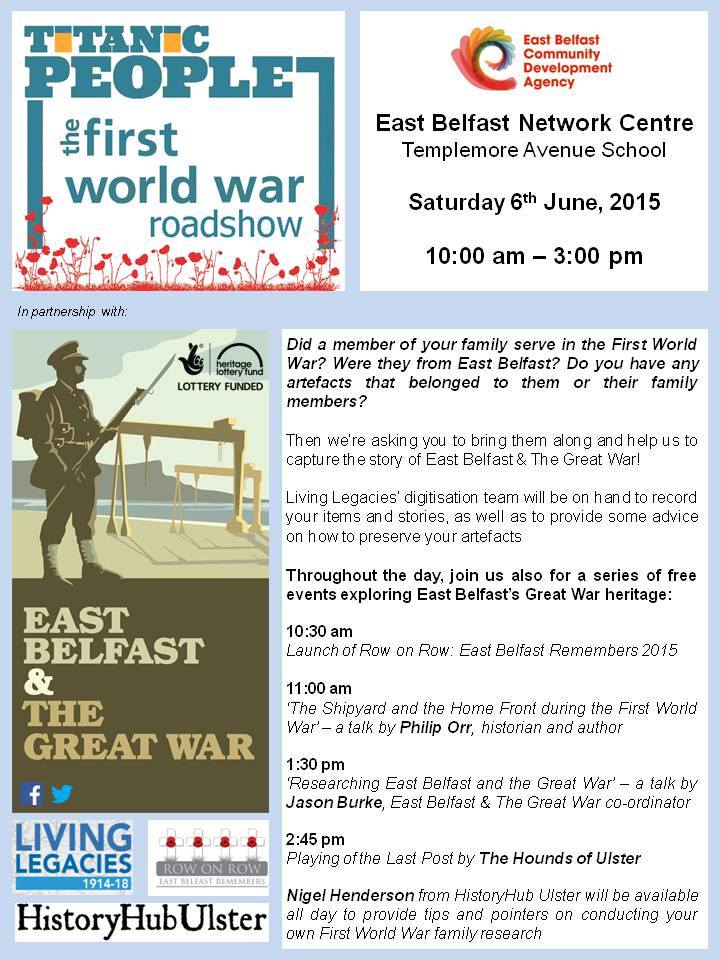
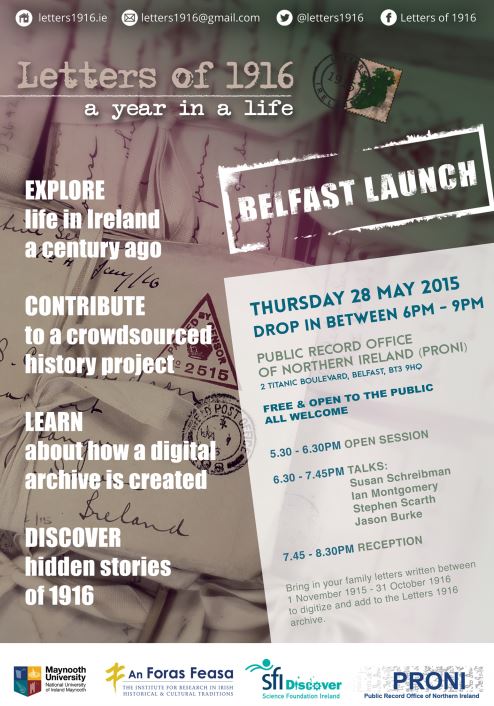
 The Gallipoli campaign resulted in the deaths of over 100,000 Allied and Turkish servicemen in just eight months. Serving both at sea and on land, the Royal Navy and Royal Naval Division lost many men in what was to become an unmitigated military disaster of poor planning that resulted in the loss of more than 44,000 Allied lives. In contrast, the defence of Gallipoli was the Ottoman Empire’s most successful military operation of the war.
The Gallipoli campaign resulted in the deaths of over 100,000 Allied and Turkish servicemen in just eight months. Serving both at sea and on land, the Royal Navy and Royal Naval Division lost many men in what was to become an unmitigated military disaster of poor planning that resulted in the loss of more than 44,000 Allied lives. In contrast, the defence of Gallipoli was the Ottoman Empire’s most successful military operation of the war. To read how History Hub Ulster remembered those Irishmen lost on HMS Goliath
To read how History Hub Ulster remembered those Irishmen lost on HMS Goliath 
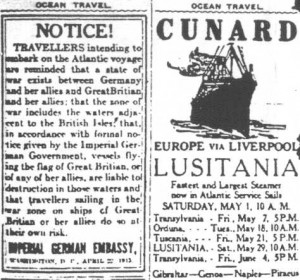 On 7 May the Lusitania entered the Irish Channel. Contrary to orders to travel at full speed in the submarine war zone around Great Britain, Captain Turner slowed the ship down because of fog. As a precaution, Captain Turner posted extra lookouts and brought the lifeboats out. Meanwhile U-20 was travelling west in the Irish Channel and sighted the Juno, a cruiser. It’s zigzag path made it difficult for a submarine to fire at and so it escaped. Captain Turner of the Lusitania did not do this because he felt that it wasted time and fuel.
On 7 May the Lusitania entered the Irish Channel. Contrary to orders to travel at full speed in the submarine war zone around Great Britain, Captain Turner slowed the ship down because of fog. As a precaution, Captain Turner posted extra lookouts and brought the lifeboats out. Meanwhile U-20 was travelling west in the Irish Channel and sighted the Juno, a cruiser. It’s zigzag path made it difficult for a submarine to fire at and so it escaped. Captain Turner of the Lusitania did not do this because he felt that it wasted time and fuel.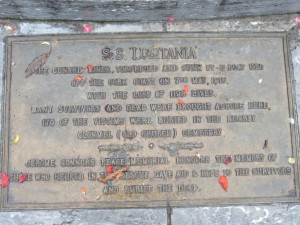 Thomas Quinn, a lookout in the crow’s nest, saw the torpedo’s wake and sounded the alarm. There was a large explosion at the side of the ship just ahead of the second funnel. Then there was a larger, muffled explosion from the bottom of the ship. The ship tilted to the right and although the power failed, Captain Turner attempted to steer the Lusitania toward land in an attempt to beach her. Without power the rudder and engines did not respond and the watertight doors could not be closed.
Thomas Quinn, a lookout in the crow’s nest, saw the torpedo’s wake and sounded the alarm. There was a large explosion at the side of the ship just ahead of the second funnel. Then there was a larger, muffled explosion from the bottom of the ship. The ship tilted to the right and although the power failed, Captain Turner attempted to steer the Lusitania toward land in an attempt to beach her. Without power the rudder and engines did not respond and the watertight doors could not be closed.

